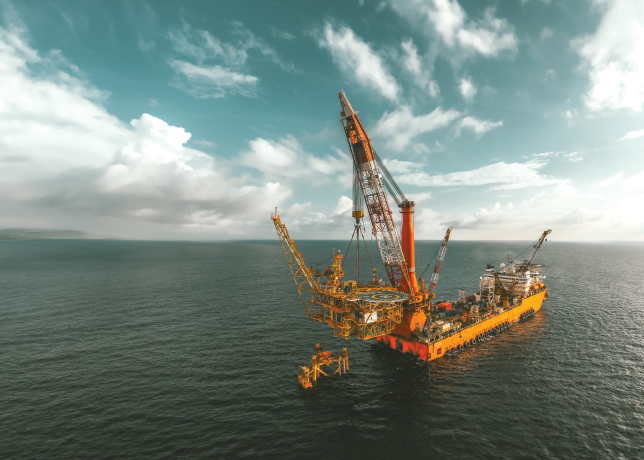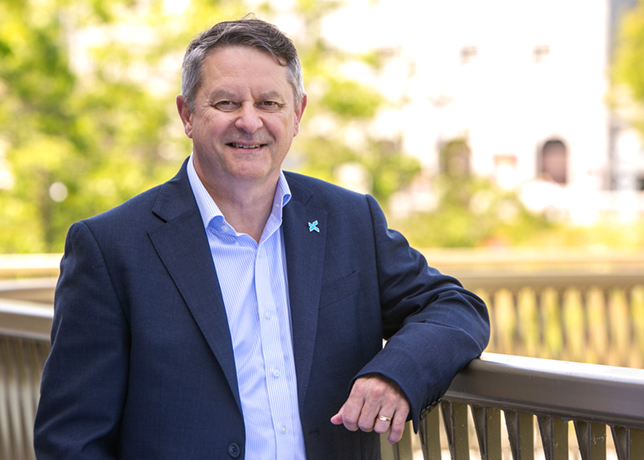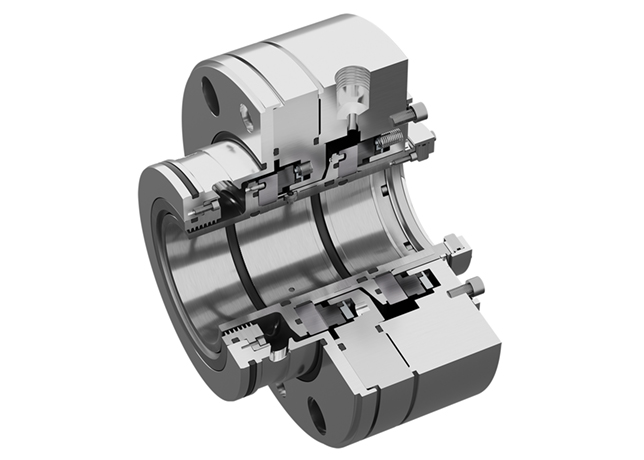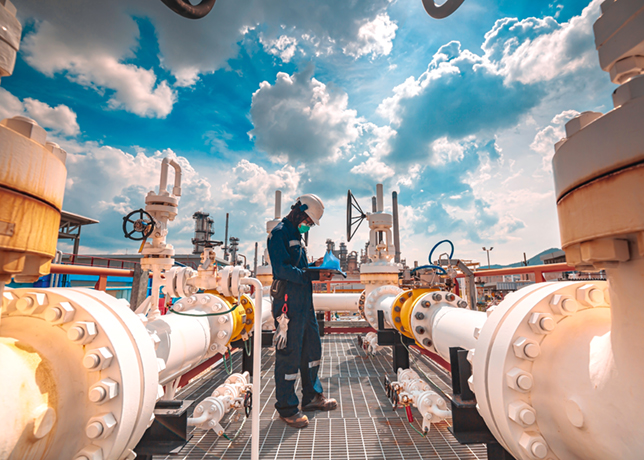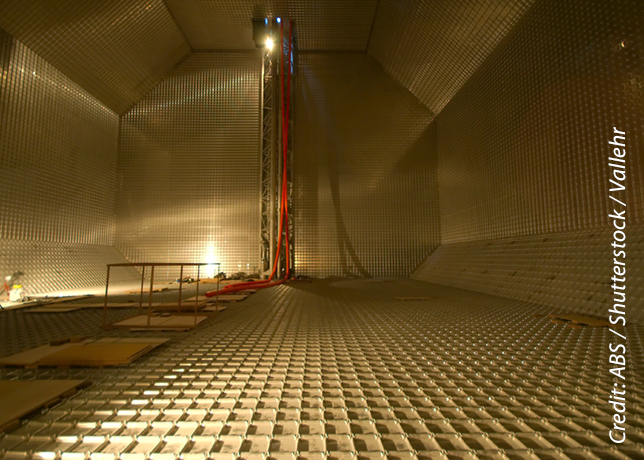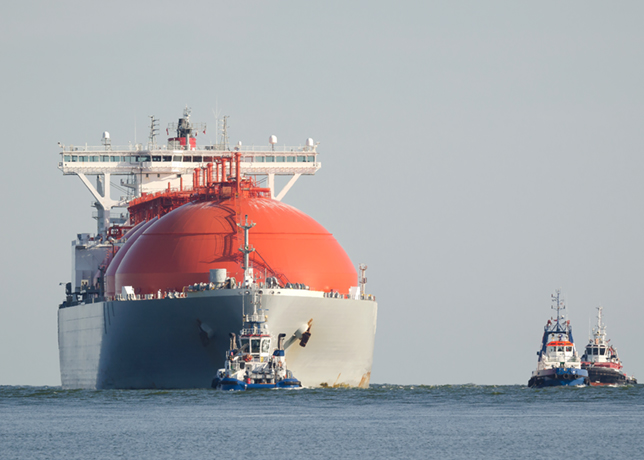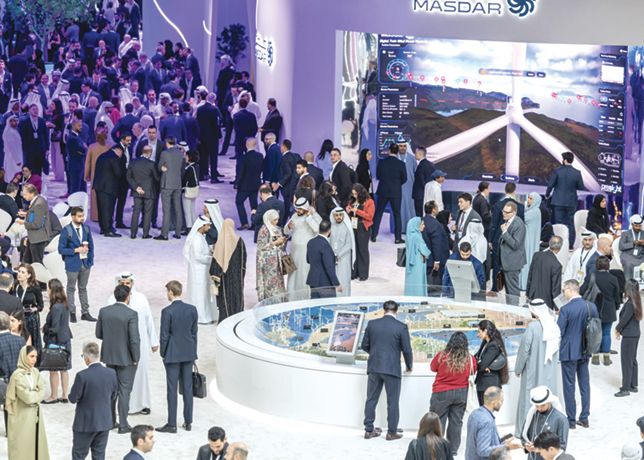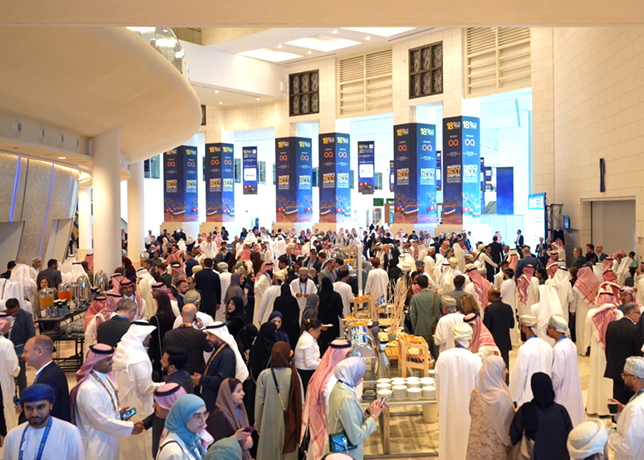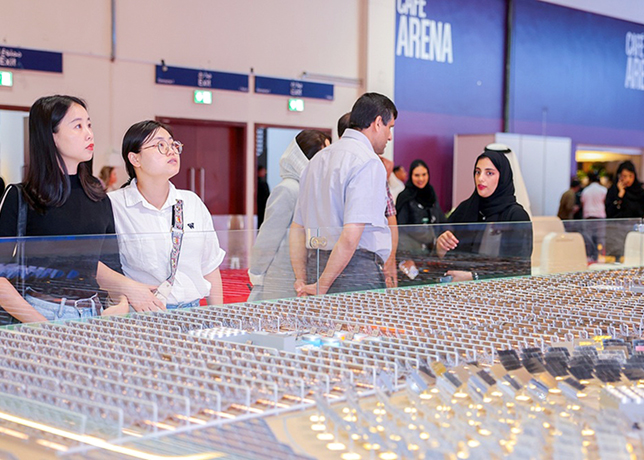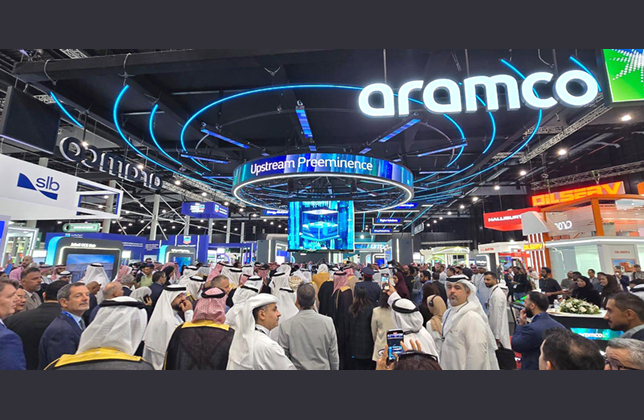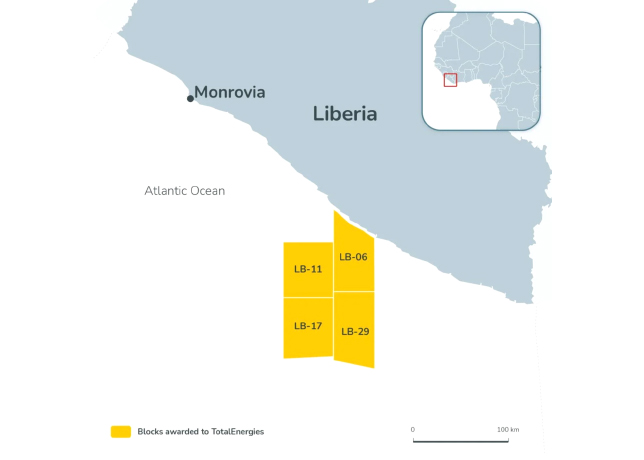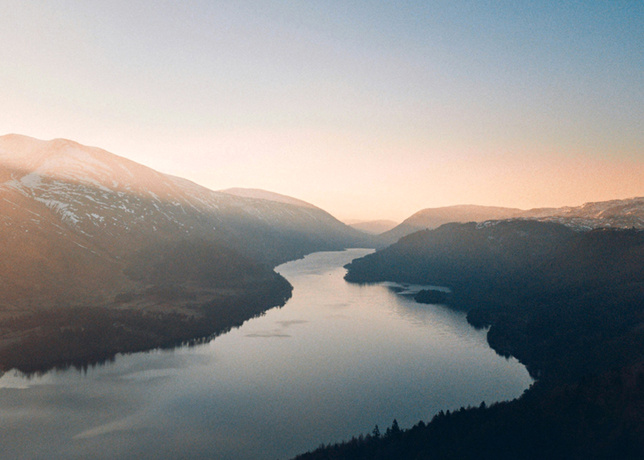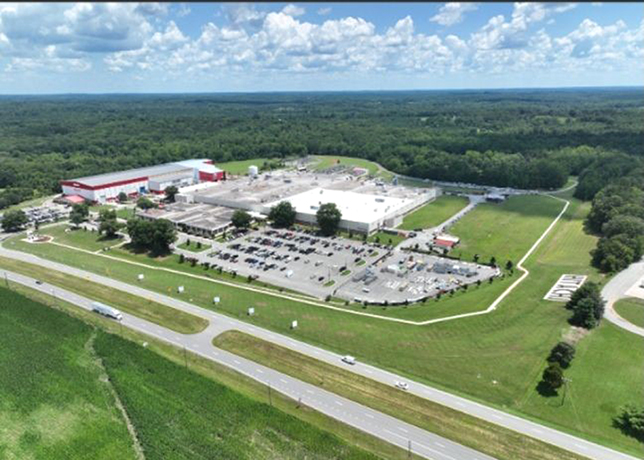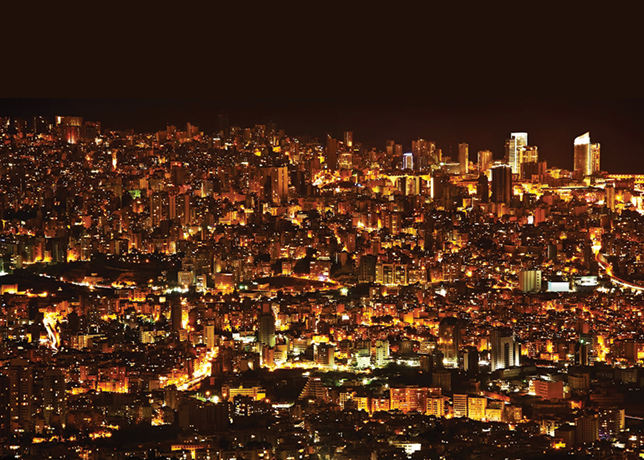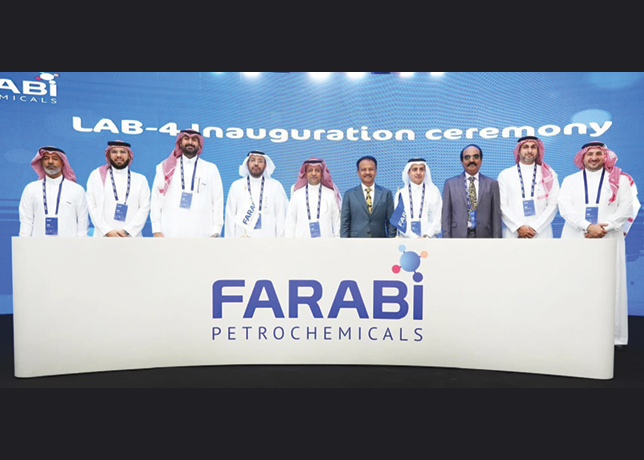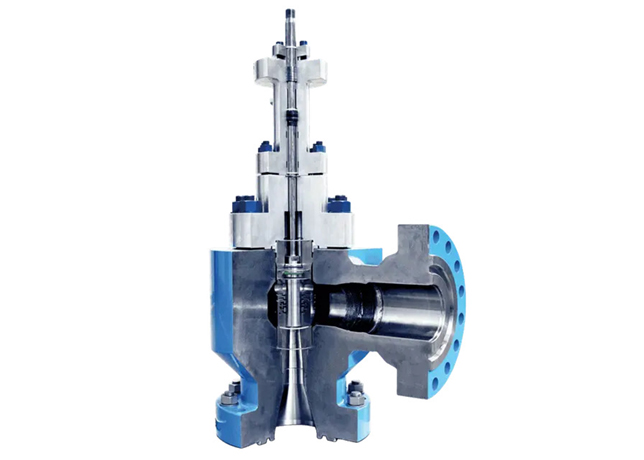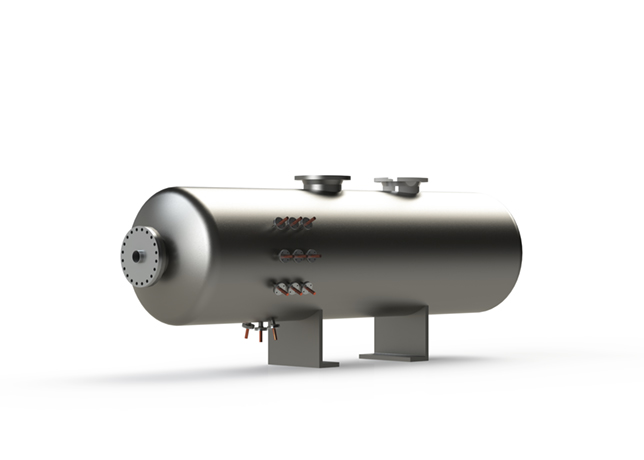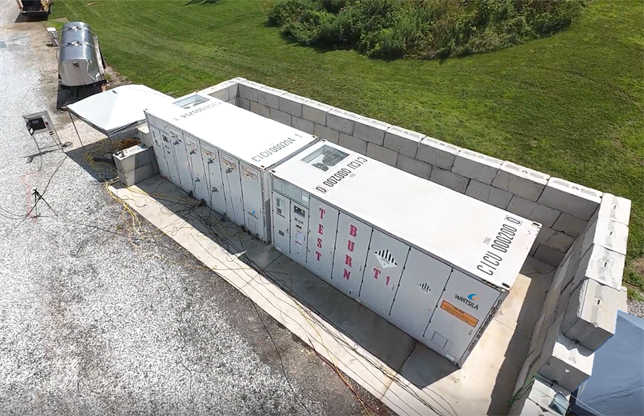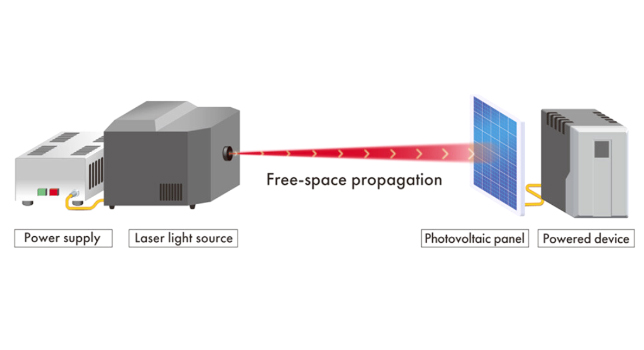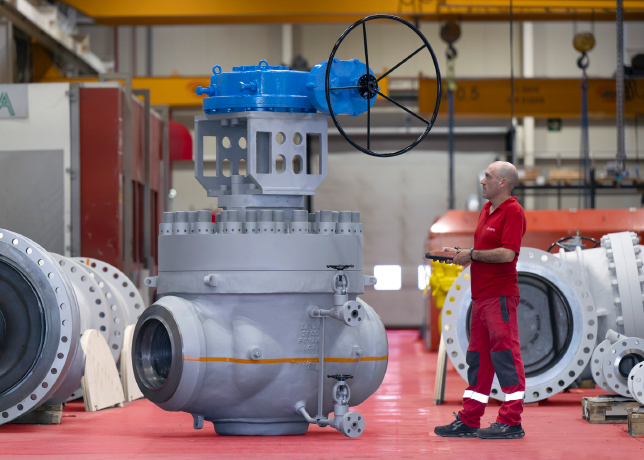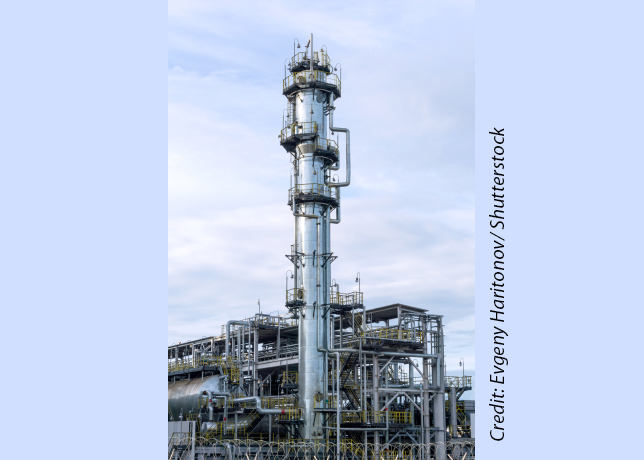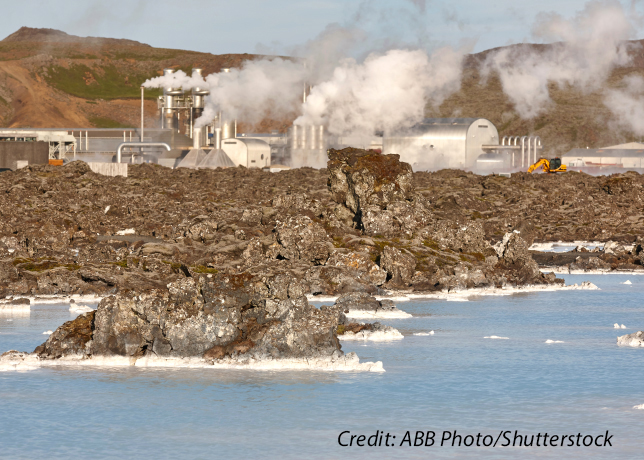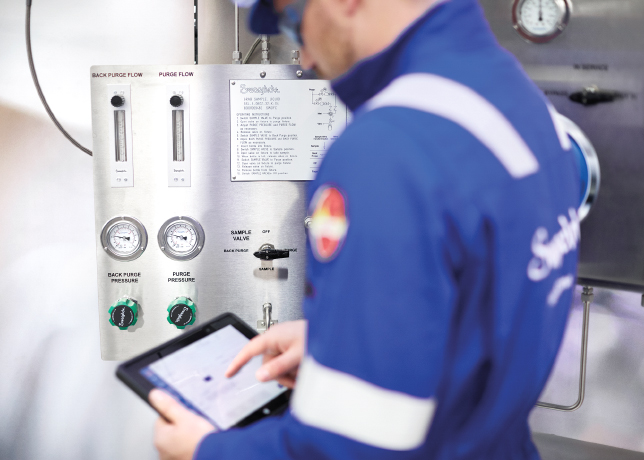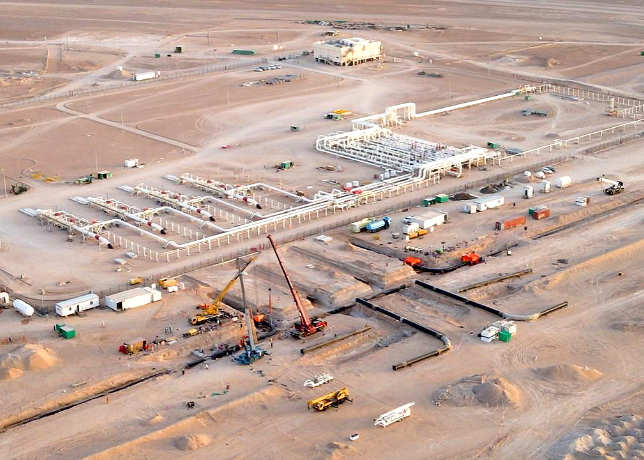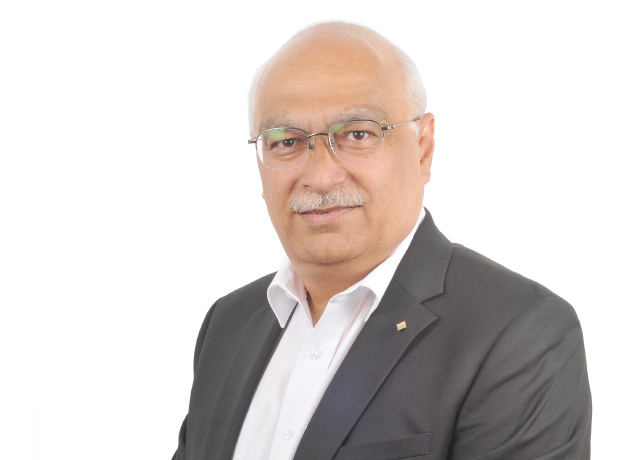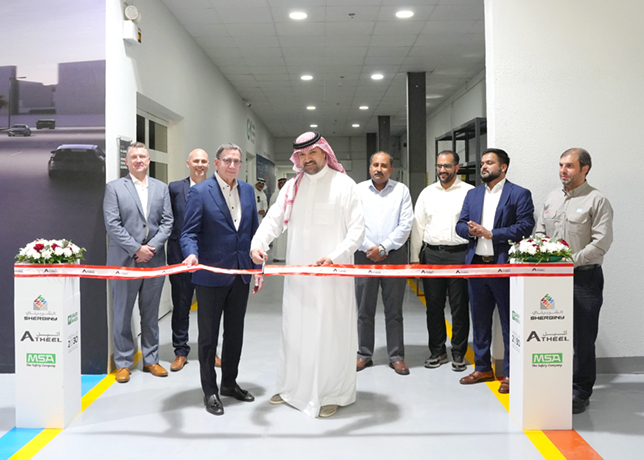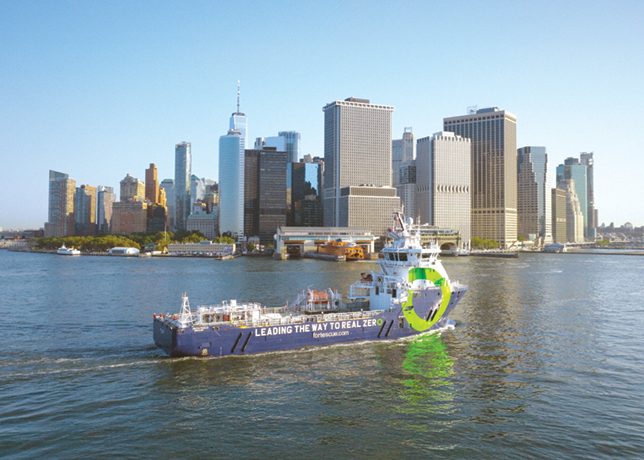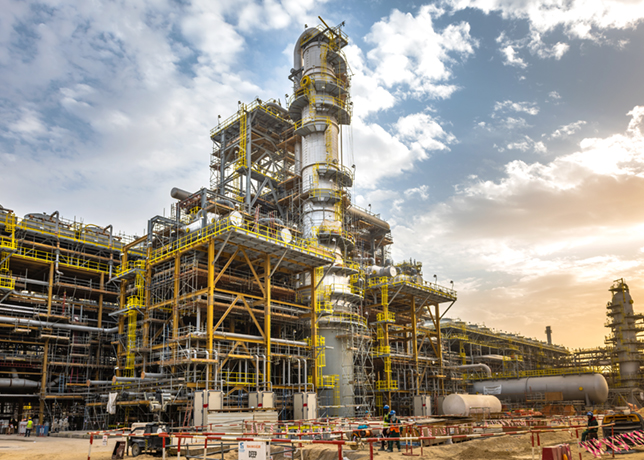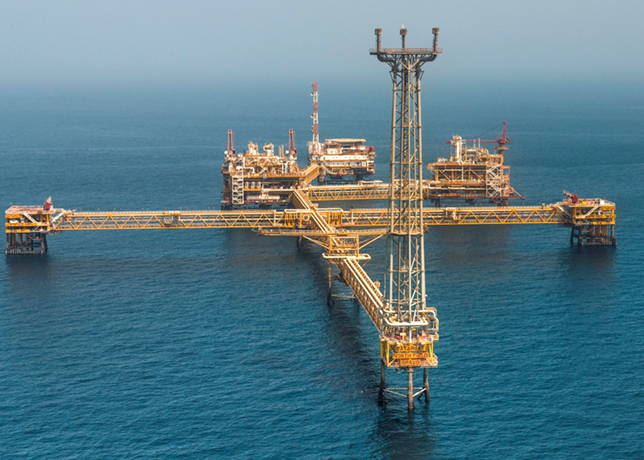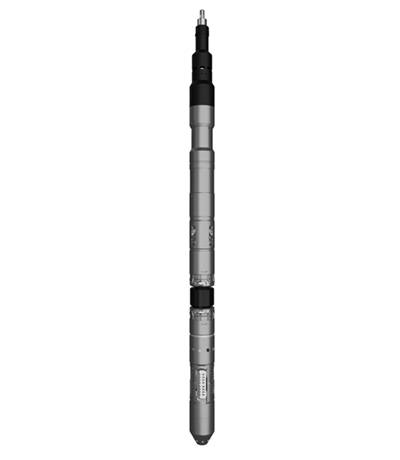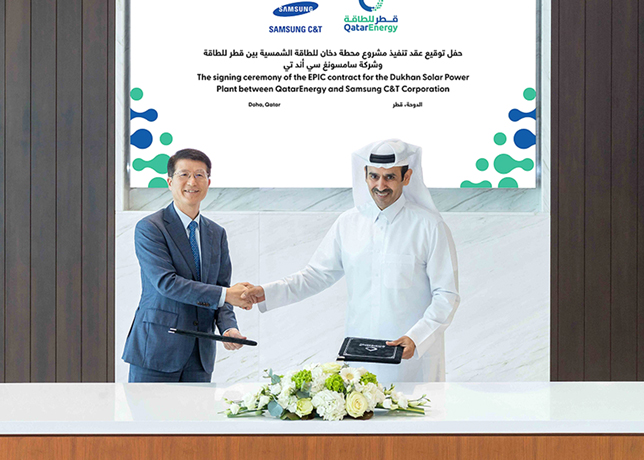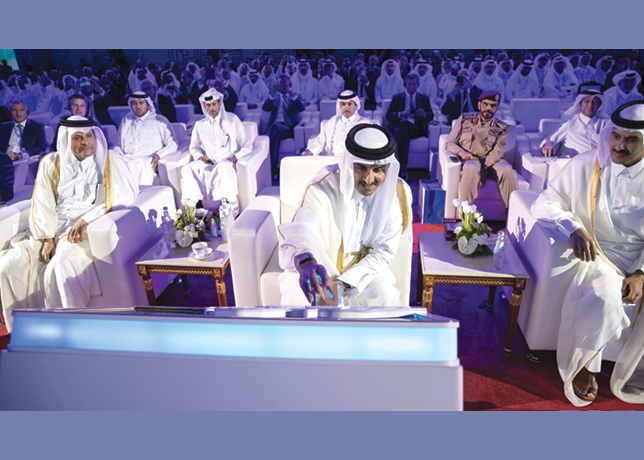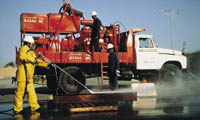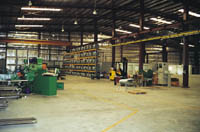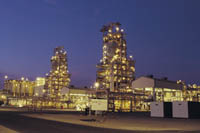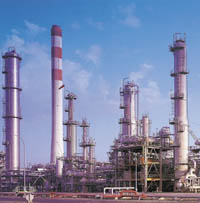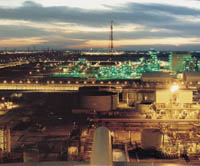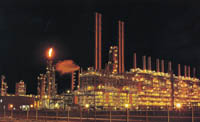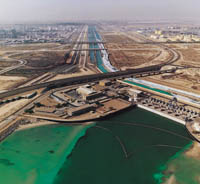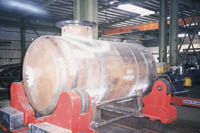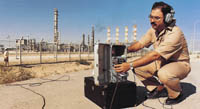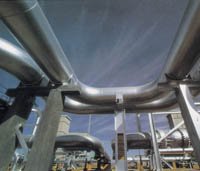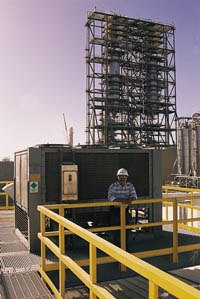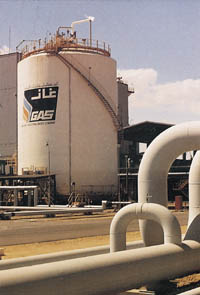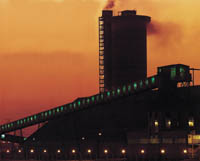
 Jubail's King Fahd Industrial Port ... the city has excellent access to international shipping lanes
Jubail's King Fahd Industrial Port ... the city has excellent access to international shipping lanes
The Impressive industrial vista afforded to visitors to Jubail is a far cry from the days when, as a small village, the mainstay of the local economy revolved around fish and pearls.
In September 1933 the village was the landing site for the first team of geologists to explore for oil in Saudi Arabia. But the discovery of oil a few years later had only a limited impact on the village.
Today, that village is a fully-fledged city of 70,000 people, home to some of the largest petrochemical manufacturing sites in the world and host to a growing number of secondary industries which rely on the primary industries for feedstock.
As an industrial city, Jubail represents investments exceeding $40 billion, both private and government money, from which Saudi Arabia's petrochemical sector has grown and flourished.
The Jubail of today was conceived following the development of the Kingdom's Second Five Year Plan of 1974.
Building such an industrial base presented a major challenge to the government, which had no experience of projects on this scale.
To carry out its plans for the new industrial city (and for the development of Yanbu), the government provided an independent commission to oversee construction and operations; a new entity, Saudi Basic Industries Corporation (Sabic) to build an operate hydrocarbon-based plants; a $12 billion system to collect and distribute associated gases than being flared in the oilfields; and cross-country pipelines to transport natural gas liquids and crude oil from their source in the eastern part of the Kingdom to Yanbu.
The initial Master Plan for Jubail Industrial City was drawn up in 1975 by Bechtel Corporation of the US, and has since been revised.
The Royal Commission for Jubail and Yanbu was faced with the enormous logistical challenge of preparing the infrastructure for industrial development.
For example, before construction could start, the entire area had to be surveyed, millions of cu m of earth had to be moved and millions of tonnes of concrete, steel and other construction materials had to be brought in.
Interestingly, the Jubail site was a low-lying coastal plain consisting of salt marsh and sand dunes. Most of the area designated for development had to be raised a full 2.5m to place it above the marine flood threshold.
Raising the site would also reduce the effects of salinity on plant growth and help protect underground utility structures from saltwater aggression.
The earthmoving operations at Jubail were some of the largest ever undertaken.
Despite being host to many giant primary industries, one of Jubail's enduring strengths is the amount of land available for expansion of for grassroots development.
But this is not the only positive aspect. Jubail also enjoys easy accessibility to international sea-lanes through the Arabian Gulf, while it is also close to Saudi Arabia's massive energy reserves in its Eastern Province, which are used as feedstock for the refining and petrochemical industries.




